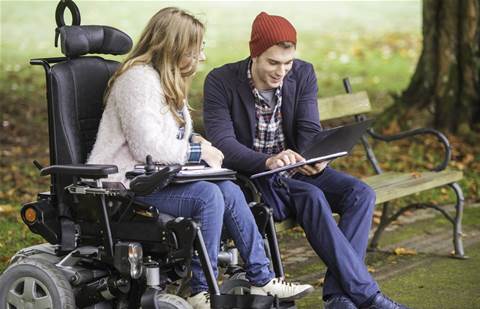Telco consumer advocate group Australian Communications Consumer Action Network (ACCAN) has launched a resource portal for telecommunications products suitable for people with disabilities.
Named the Accessible Telecoms project, the portal is an interactive website that’s supported by a call centre which aims to be a one-stop shop for information about the accessibility features of both mainstream and assitstive telecommunications equipment.
The project was funded by a National Readiness grant from the National Disability Insurance Agency (NDIA) and was delivered through disability services provider Information on Disability Education and Awareness Service (IDEAS).
“There is an acknowledged lack of up-to-date, appropriate and independent information about telecommunications equipment and services available for Australians with disability,” ACCAN director of inclusion Wayne Hawkins said.
“We’re pleased that the NDIA understands the significance of this project in assisting Australians with disability to be able to utilise telecommunications to enable greater participation in all aspects of Australian life – economic, social, and cultural and community.”
Accessible Telecoms will provide information about the accessibility features of telephone handsets — whether they are fixed, mobile and teletypewriters — as well as the accessories that make them usable for people with disability.
Information about available set-up, training and ongoing support will also be provided. ACCAN said the resource will later expand to include accessible tablets, mobile apps and software that can enable people with disability to connect with the telecommunications networks.
“I am excited about the new service from ACCAN. The community needs better information about accessible telecommunications suitable for people with disability, and the ACCAN referral service has the potential to provide this,” Australian Human Rights Commission disability discrimination commissioner Alastair McEwin said.
“It is so important that we facilitate connectedness and participation across our communities, and creating accessible communications are essential to that.”








_(11).jpg&h=142&w=230&c=1&s=1)

.jpg&w=100&c=1&s=0)
_(8).jpg&w=100&c=1&s=0)







.jpg&q=95&h=298&w=480&c=1&s=1)





